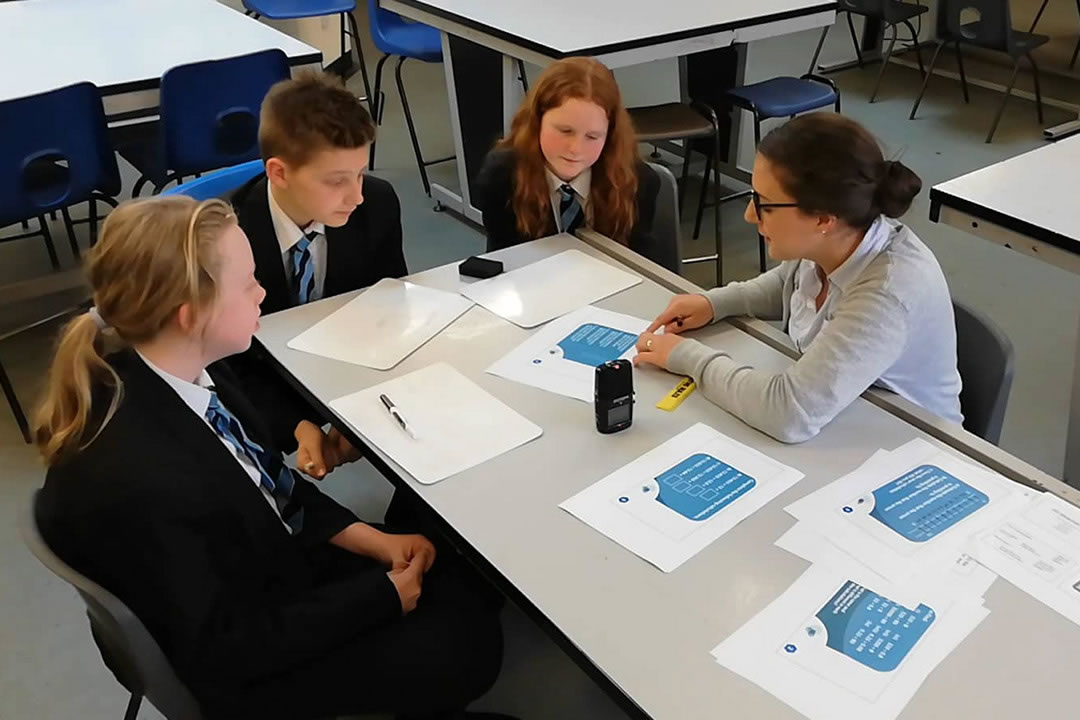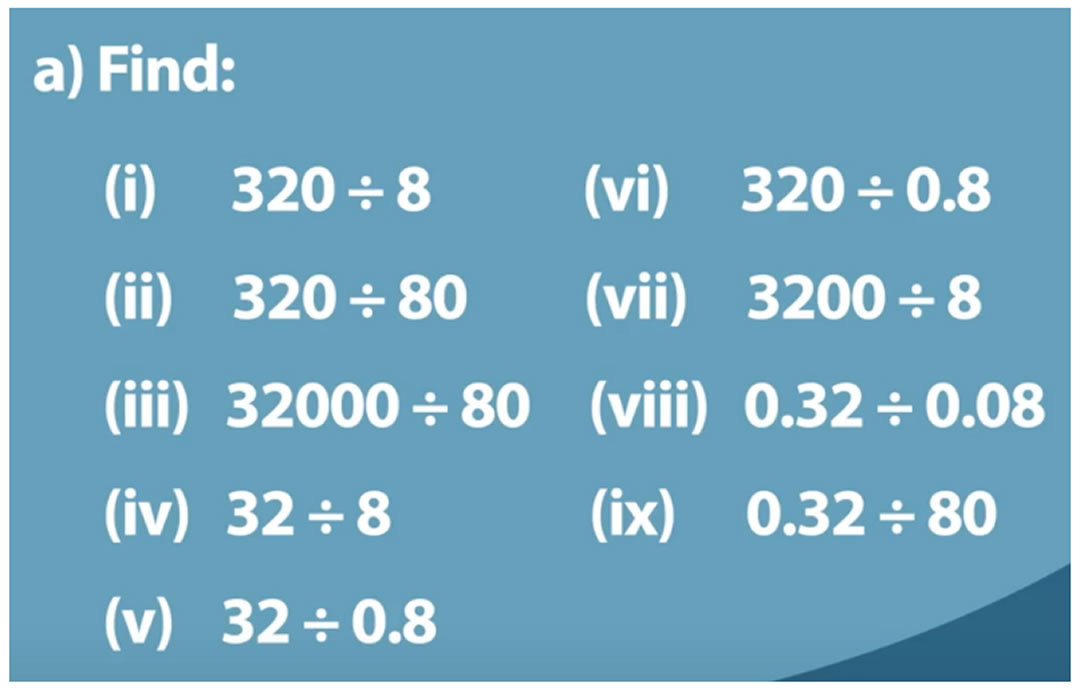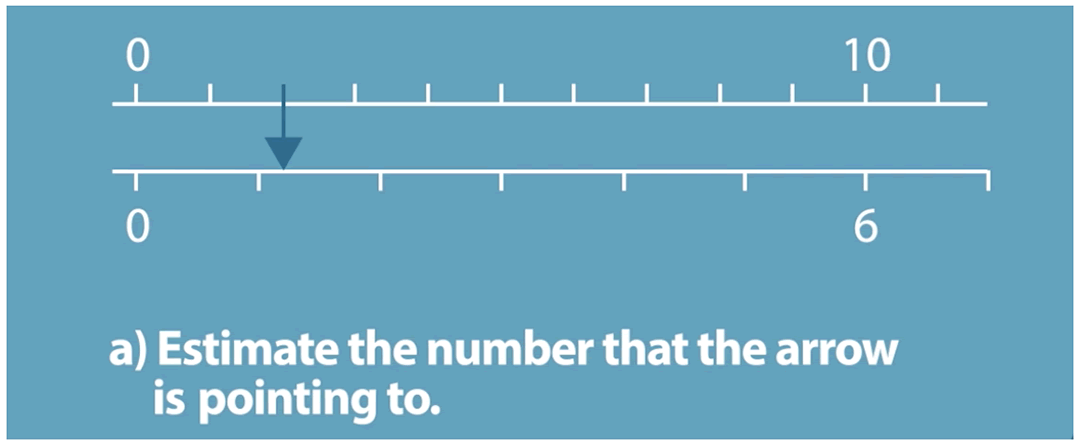Understanding students’ mathematical wrong turns
What two secondary teachers learnt from carefully listening to students’ responses to mathematical prompts
21/10/2020

Every teacher knows the surge of satisfaction when a penny drops in a student’s mind, indicating that they’ve finally understood something. But equally important are those moments when we notice something that illuminates where and why a child is not understanding something, or not thinking in the way we expect.
Secondary teachers Jane Hawkins and Richard Perring, both part of the wider leadership team of Jurassic Maths Hub, experienced some of those revealing moments when they recorded conversations with Year 8 students for our series of Mathematical Prompts for Deeper Thinking videos.
How might your students tackle the tasks below?
Missing the value of place value
All the questions in the prompt below deliberately use only two small, familiar numbers (32 and 8), to try to direct students’ attention to the place value feature alone. However, two of the three students in the discussion seemed to plough through each calculation individually, using various formal methods, apparently ignoring the shortcut offered by place value understanding. Only the third student observed that each answer must somehow involve a '4'. This puzzled Jane and Richard because they were certain all three students knew their 8 and 4 times table, and understood place value. For some reason, two of them didn’t spot, or acknowledge, that place value held the key to every question.
‘I was genuinely surprised,’ says Richard. ‘I don’t know why they didn’t use their place value knowledge. Perhaps it was just because it says divide and they were going to divide!’
Jane thought that showing just two or three questions initially might have forced the place value consideration more strongly. But she also put forward an observation about her own teaching. ‘There are clearly things that are so obvious to me but not to my students? Perhaps my teaching needs to be more explicit about what I am noticing, so that children get used to looking for things to notice and then act on.’
The jump to thinking multiplicatively
In one of the videos, three students are presented with the question on the double number line below. The intention was to see if they would use the multiplicative relationship between 10 and 6 to determine the value the arrow is pointing to. However, the limits of the students’ thinking soon became clear. While one of them student observed that the mid-point of the lower line must be 3, they all seemed incapable of, or nervous about, using the multiplicative relationship between 10 and 6 to assign more values.
‘I was really surprised at how hard the double number line was,’ Richard recalls. ‘I expected them to divide the 6 by 10, but they just didn’t see that as an option. They just couldn’t see anything other than halving.’
For Jane, the conversation demonstrated how the jump from moving from additive to multiplicative thinking is bigger than many think. ‘It was clear to me how fixed they were on additive relationships. In my head, they were thinking multiplicatively, but they didn’t seem to be.’
It’s algebra, so find the unknown!
The second example threw up a reaction in the students’ minds that also surprised the teachers. Although neither question below asks for the value of ‘e’ or ‘w’ to be calculated, Richard spotted what looked like a Pavlovian reaction to the presence of letters in a task.
‘It’s clear that when some students see algebra, something tells them that, before thinking about anything, they just have to find out the value of the letters. They don’t stand back for a moment and think about what exactly the question is asking, which in many cases is easier than finding the value of the letter.’
Jane listened to one boy as he tried to work out what ‘e’ was, so that he could find out what ‘6e’ was. ‘If he’d had a calculator, he could have got a decimal value for ‘e’ and brute-forced it to find a value for ‘6e.’ But that was entirely not the point!’ Jane mused that this might have been caused by students being too accustomed to questions that just ask for the value of the unknown to be calculated, causing a type of autopilot to take over.
‘Maybe what we need to do more as teachers is help students think that what they need to do first is think and not do, says Jane.
If any of this has piqued your interest in how children think and how they address mathematical tasks, why not watch one of the short videos in the Mathematical Prompts for Deeper Thinking series—and look at the PowerPoint slides on the same page, perhaps with a couple of colleagues!
The images used in this article, and in the videos, come from the NCETM’s Secondary Mastery Professional Development Materials:


